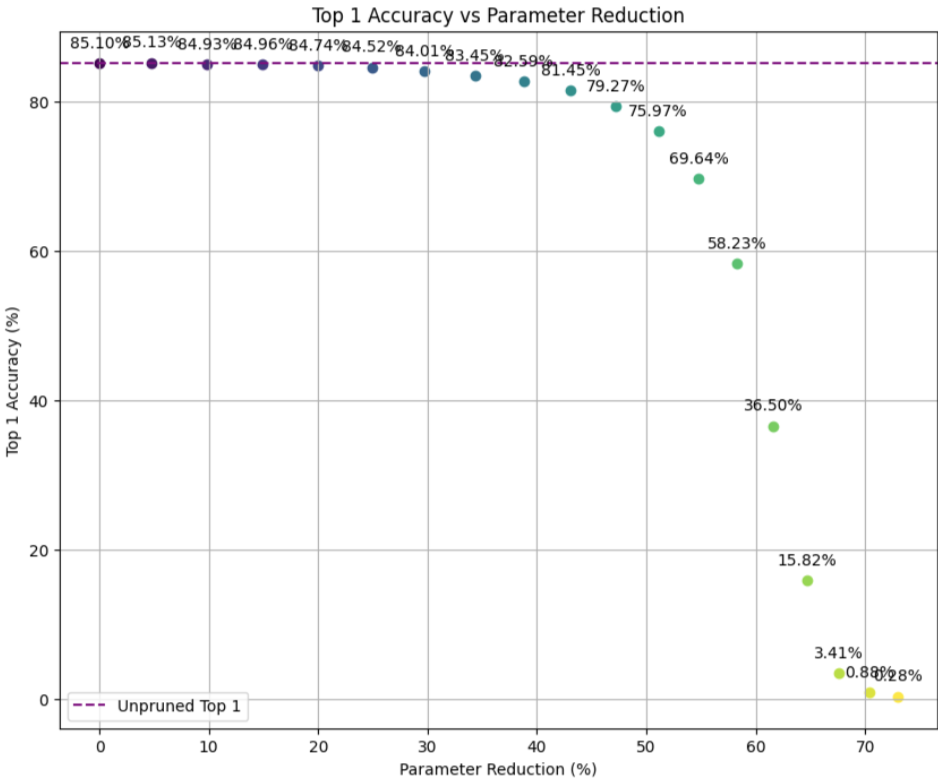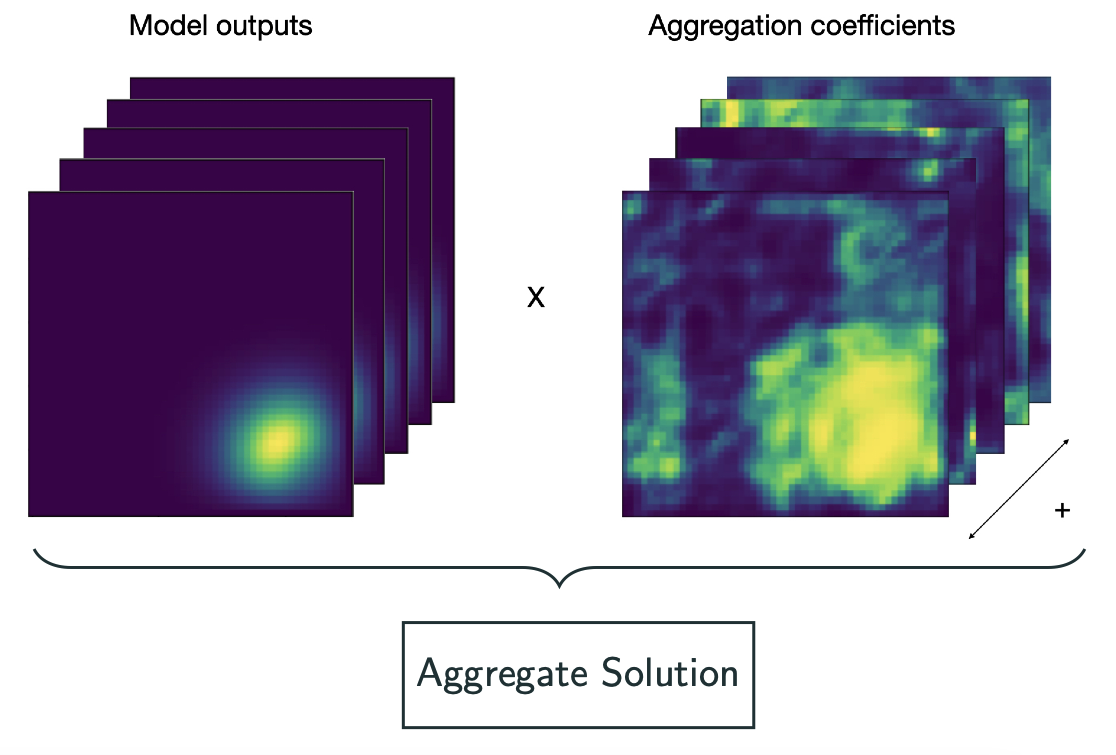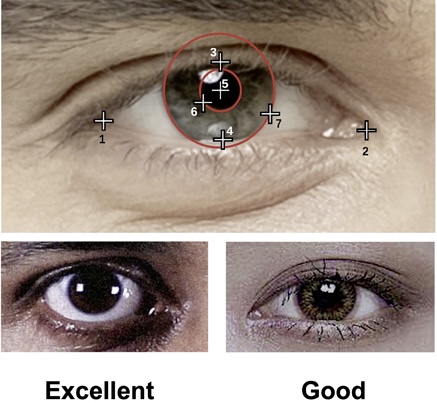Publications

Discovering Algorithms with Computational Language Processing
This paper introduces Computational Hypergraph Discovery (CHD), a novel method for uncovering unknown functional relationships between variables within datasets, and represent them using a hypergraph.

Pruning Deep Neural Networks via a Combination of the Marchenko-Pastur Distribution and Regularization
We use Random Matrix Theory and regularization to prune deep neural networks, achieving state-of-the-art results on ImageNet with Vision Transformers. We also provide theoretical justification for our approach.

Model aggregation: minimizing empirical variance outperforms minimizing empirical error
We present a general framework to combine existing models in a robust manner. Our method is flexible, places few assumptions on the models aggregated, and performs well in our experiments.

Codiscovering graphical structure and functional relationships within data: A Gaussian Process framework for connecting the dots
This paper introduces Computational Hypergraph Discovery (CHD), a novel method for uncovering unknown functional relationships between variables within datasets, and represent them using a hypergraph.

Development and Assessment of an Artificial Intelligence-Based Tool for Ptosis Measurement in Adult Myasthenia Gravis Patients Using Selfie Video Clips Recorded on Smartphones
My first paper! This paper describes the work we did at Doc.ai for ShareCare on Myasthenia gravis (MG) with UCB. We developed a Deep Learning model based on ResNet50 to predict a key symptom of MG via selfie. This would allow clinical trials to accept more patients as part of a study in order to scale it, as well as follow almost in real time the evolution of a patient's symptoms using an app on their phone.